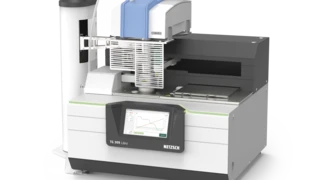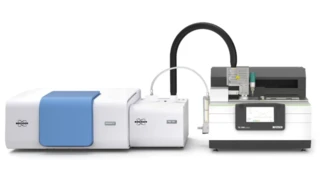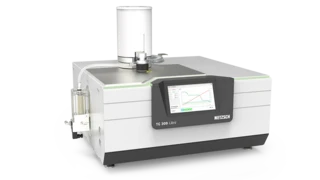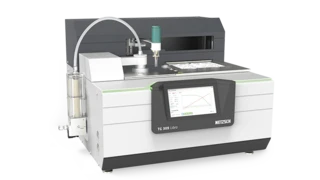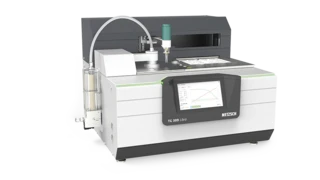
19.03.2024 by Aileen Sammler
How to Detect Harmful Plasticizers in Sporting Goods and Toys
When choosing toys for children and pets, as well as sports equipment, it's important to consider the quality of the materials used. Many of these products are made of flexible plastics that make them easy to use, but may pose a potential health risk.
Safety First!
When selecting toys for children and pets, as well as sports equipment, it's important to pay attention to the material quality. Many of these products are made of flexible plastics to enhance user-friendliness. Common items include sensory-stimulating chew toys, action figures with comfortable soft-grip surfaces, and a variety of balls.
A widely used material for manufacturing such items is polyvinyl chloride, commonly known as PVC, which gains its elasticity from the addition of plasticizers. However, these plasticizers are not covalently bound to the polymer chain, which can lead to them releasing over time or being leached out by contact with liquids like saliva and sweat.

Potential Health Risks of Phthalates
Particularly critical attention is paid to plasticizers from the phthalate group, which may have harmful health effects.
Phthalates, such as DIDP (diisodecyl phthalate), DINP (diisononyl phthalate), DEHP (diethyl hexyl phthalate) or BBP (benzyl butyl phthalate), are known for their potential health risks and are suspected of promoting a range of diseases such as liver damage, infertility, diabetes, and cancer. For this reason, the European Union took measures in 2007 to restrict or ban the use of certain phthalates in products that come into direct contact with food or that are found in toys, baby products, and medical devices.
But how can you find out if and to what extent harmful materials are contained in a product? NETZSCH-Gerätebau GmbH, a specialist in the field of thermal analysis, sheds light on this issue.
About the Decomposition reactionA decomposition reaction is a thermally induced reaction of a chemical compound forming solid and/or gaseous products. Decomposition Behavior and the Identification of Plasticizers
Thermogravimetric analysis with a NETZSCH thermobalance can help detect plasticizers in polymers. In combination with FT-IR (Fourier Transform Infrared Spectrometer), the gases released can be identified and reaction mechanisms can be investigated more closely. By means of TGA-FT-IR, it is possible to analyze products with regard to the plasticizers they contain and to identify the kind of plasticizer used and to gain detailed knowledge of gases released during a process, Curing (Crosslinking Reactions)Literally translated, the term “crosslinking“ means “cross networking”. In the chemical context, it is used for reactions in which molecules are linked together by introducing covalent bonds and forming three-dimensional networks.curing/crosslinking, degradation or other reaction.
In an application example, we investigated the surface layer of various toy balls. For this purpose, we cut the balls into small pieces and analyzed them with the NETZSCH PERSEUS® Thermobalance.
Read our application note and find out how you can use the Perseus TGA to identify different plasticizers and thus differentiate between toxic and non-toxic additives.

